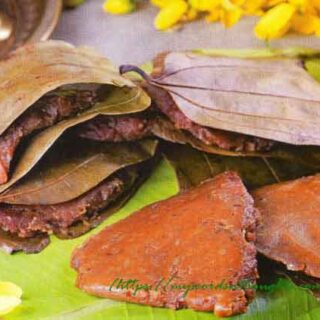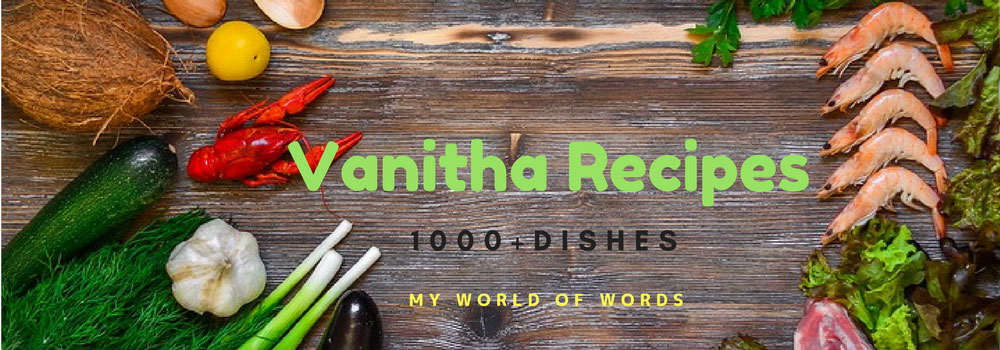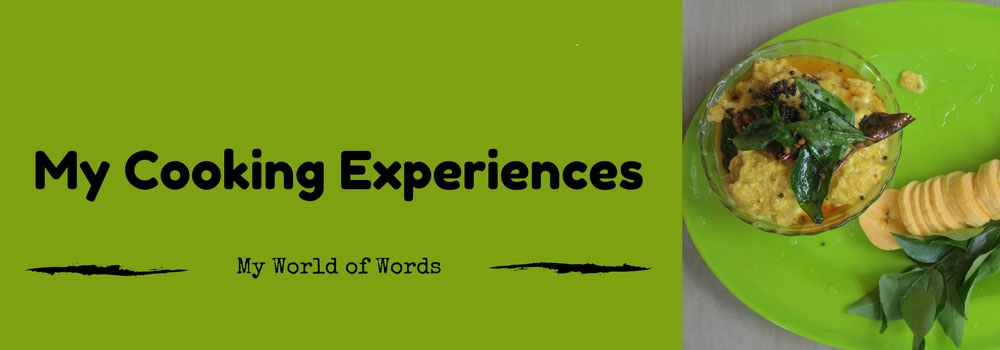Aval Kappa (Aval Cheeni)
One of the major agricultural products of Pathanamthitta district, Kerala, tapioca gives good results with less effort. That’s why tapioca became a staple food of people since early days. The people of Pathanamthitta tried many new dishes combining rice and tapioca, and has contributed several trademark dishes as well. Thus trademark dishes such as Cheeni Puttu, Avalu Cheeni and Upperi Cheeni became as a result of such experiments.
Tapioca is known in different names in different districts of Kerala. For Thiruvananthapuram it’s Maricheeni and for Thrissur people, it’s Kolli. Though Kappa is the common Malayalam name, for Pathanamthitta people it’s Cheeni (a word used by Tamil people also). So Aval Kappa is also known as Aval Cheeni in some places of Pathanamthitta.

The harvesting of tapioca is usually done in the hot summer, just before the monsoon season. For the same reason, people used to preserve tapioca for the bad rainy season of Karkadakom, which is regarded as a resting month for Keralities. Read more to know. Tapioca is cut into pieces, and dried well and preserved for the upcoming season, a form of staple food which was very common 40 or 50 years ago. It helped the people to overcome the starvation season in those days.
Tapioca is cleaned well, and spread on big leaf (palm) mats and dried well. It may take a few days to dry tapioca completely. Then they are preserved in bharanis (air tight containers quite common in Kerala homes earlier), and used during rainy season. When needed, scrapped coconut, jaggery or sugar is added to dry tapioca, and crush well in traditional methods using ural (a stone with a hollow used to powder things). Though this dish has no resemblance with aval in taste or appearance, it’s soaked and prepared similar to aval preparation. That’s the reason why this dish is called aval kappa.
Both Aval kappa and Cheeni Puttu (Steamcake using tapioca) used to be the favourite food of workers a time. As time changed, such dishes are served in five star hotels. Tapioca is rich in carbohydrates, vitamins and fibers. When jaggery and coconut are added to it, it gives some extra energy.
It’s a bit difficult to make this dish, but your effort never goes futile. If given extra care, we can add some extra taste and flavours to our popular tapioca dishes. Here is one such tip. When water boils put tapioca pieces, and cook for a little time. Drain excess water. Never allow to overcook. If done so, tapioca will lose its taste.
In the case of Aval Cheeni, you crush it more, the dish turns tastier. It you heat it before crushing, tapioca can be powdered/crushed easily. During early days, traditional Ural was used for this purpose. In the present times, ural has been replaced by mixer and we need to adjust with that.
To make Aval Kappa, two stage process is needed. First one is to dry tapioca. Tapioca is split into 4 parts, thread inside is removed, and sliced thin. Boil water in a pot, and add tapioca pieces to it. When it boils well, drain the water. Never allow tapioca to cook (I have told it earlier) to make it delicious; just needed to boil well. You can dry this tapioca, and preserve it in airtight containers. This dried tapioca is used for the preparation of Aval Kappa (Aval Tapioca).
Ingredients for Aval Kappa:
1. Dried Tapioca – 2 cups
2. Scrapped coconut – 1.5 cup
Jaggery/sugar – As needed
3. Ghee – A big spoon
How to prepare Aval Kappa?
1. Crush tapioca once using ural or mixer.
2. Add coconut and Jaggery/sugar and crush it once again.
3. You can serve with ghee. You can also make balls out of it.
Courtesy: Vanitha Magazine, May 1-14, 2017
Click to read a few more delicious tapioca recipes here. Here is the page link. Click on the images in the gallery to read.














Recent Comments